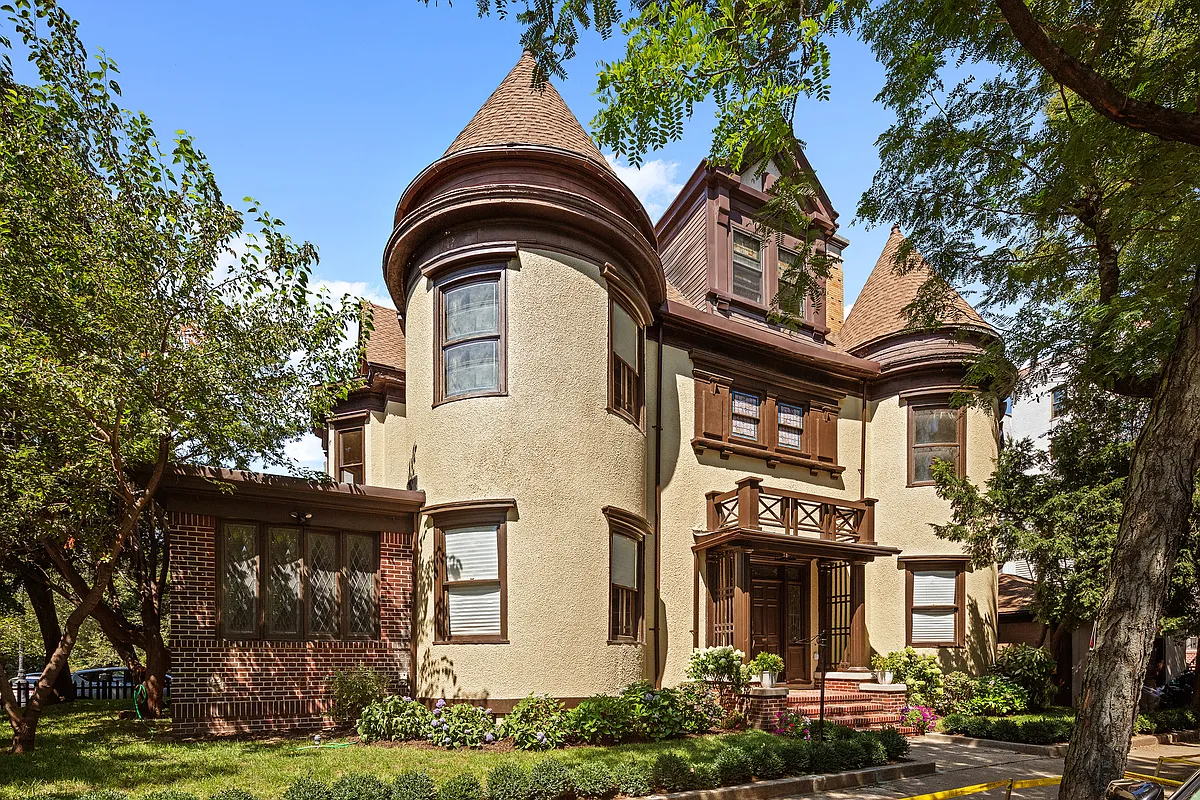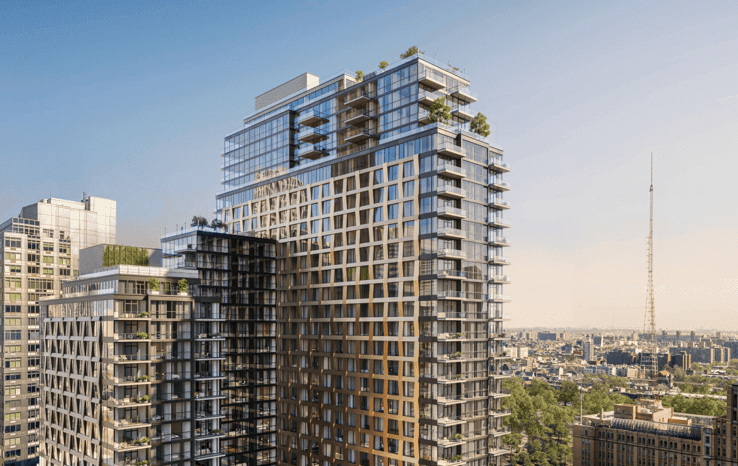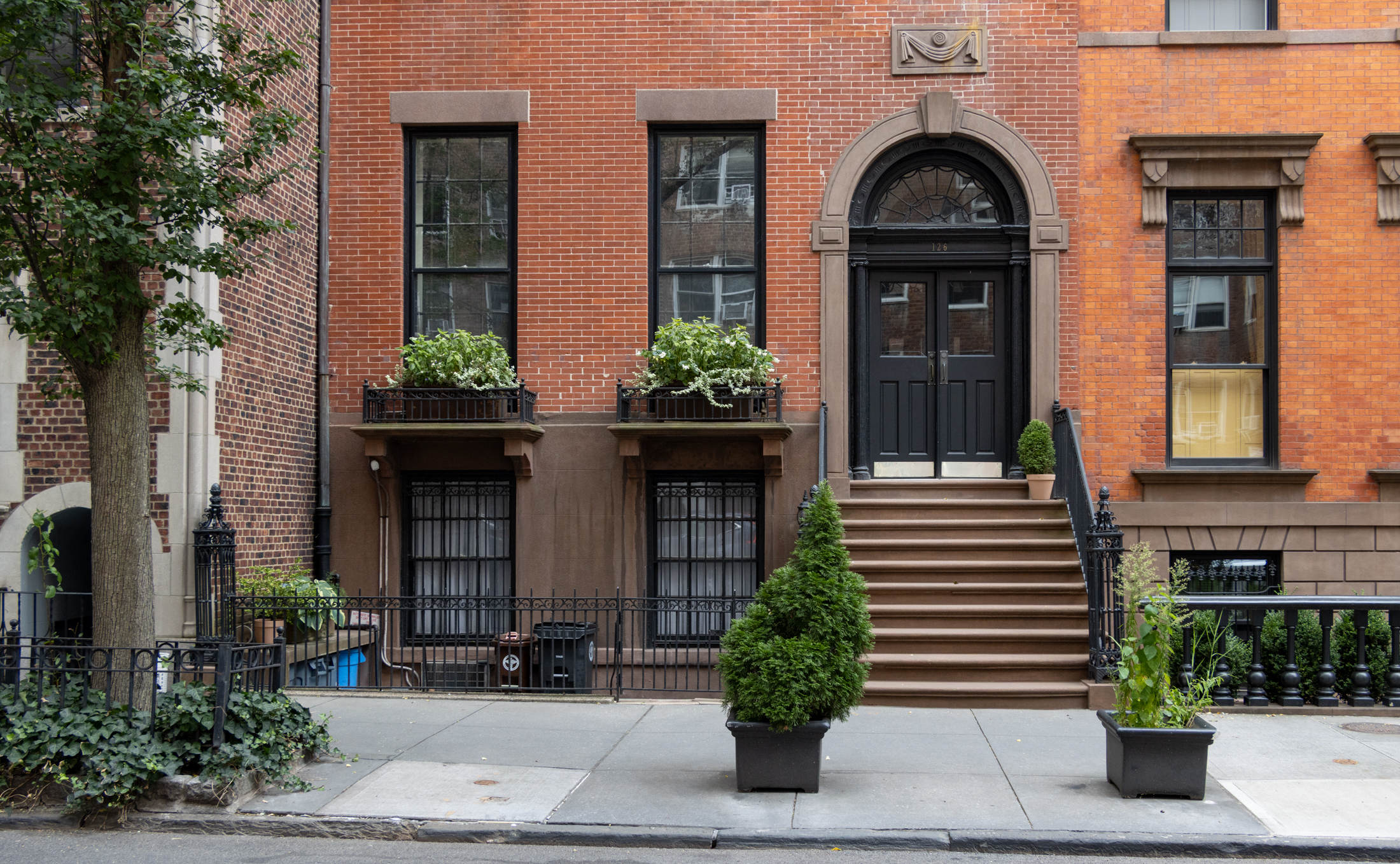Park Slope Historic District Likely to Expand
The hard work of the Park Slope Civic Council and others is paying off: On Friday, reports The Observer, the Landmarks Preservation Commission began the process of expanding the Park Slope Historic District by officially “calendaring” the revised boundaries; the move would expand the currently western boundary to the far side of 7th Avenue; currently…


The hard work of the Park Slope Civic Council and others is paying off: On Friday, reports The Observer, the Landmarks Preservation Commission began the process of expanding the Park Slope Historic District by officially “calendaring” the revised boundaries; the move would expand the currently western boundary to the far side of 7th Avenue; currently it stops at 8th Avenue between 5th and 15th Streets and the eastern side of 7th Avenue between 5th and Union Streets. The expanded district would also include a couple of cut-outs that remain unprotected on Prospect Park West. If ultimately approved (which is highly likely) the number of protected buildings would grow from 2,000 to over 2,500. You can read the precise boundary definitions on the LPC website.
Park Slope Historic District To Grow [NYO]
Expanding the Historic District [PSCC]





The issue is still one of nitpicking, whether or not LPC were right…how much is the quality of the environment degraded by that building’s shutter-less facade? If you choose to believe it matters, LPC is correct; I think it’s ridiculous. Btw, I’ve seen before and after photos of the building in question.
CMU, you should tell your friend to move to Williamsburg.
No shutters needed…just hang some sheets in the window.
I agree with Minard. Landmarks cannot force you to do anything.
Sorry, cmu, you and I are never going to agree on this. The case of the shutters, on the face of it, seems arbitrary, and I’m not ever going to say that the LPC, as a bureaucratic agency of city gov’t doesn’t make mistakes, or act capriciously at times. They ain’t perfect. No dought about it.
BUT, there’re the best we’ve got, and I’m supporting them for their overall efforts to protect our valuable historic buildings and neighborhoods.
And I know people replace slate with regular roofing tile all the time. I can go outside and toss a rock and hit examples. I understand lack of money, believe me. But I still think that the slate roof should be replaced or repaired either with slate, or an appropriate synthetic subsititute that looks and behaves exactly like slate. They make some pretty good ones now that don’t look at all plastic-y or fake, and the LPC should consider them. But they are almost as expensive as real slate, too, so either way, big money will be spent.
Sorry Minard, I chose to believe my friend. The issue was that all the buildings on that street except one had installed shutters. This one (from pictures way back) did not. LPC chose not to believe that particular set f photos as there “probably had been shutters on the building” prior to that photo.
If you hate the idea of landmarking, there is 97% of the city for you.
Go have at it.
CMU, your shutter story is preposterous. It is a myth.
11217, it’s 3%. THREE PERCENT! That’s all. Some people act as if there’s only 3% that’s not landmarked.
“Of course 15th and 7th isn’t the same as President and 8th, but that doesn’t make it any less an important part of our architectural history to be saved.”
Well said. It’s important to include some of the ordinary with the extraordinary. These neighborhoods evolved side by side, and the home of a factory worker is as important as that of the factory owner. Of course, someone is going to jump up and say we’re not letting the neighborhood further evolve. I disagree. The evolution is now controlled, not stopped. Buildings can still be built, adaptive reuse is encouraged, and you can do whatever you want with the interiors. But they don’t call it an historic district for nothing. The whole idea is geared around preserving our neighborhoods. We, in general, like the tree lined streets, the mixed zoning and neighborhood feel of having retail and home so close together, the low density, low-rise comfort of our less that 6 story blocks. They provide the best of the urban environment. This is true in Park Slope, as well as Bed Stuy.
It’s worth protecting, it’s so worth having when you come out of the subway, and the temperature and the noise level are both so much less than Manhattan. It’s so worth having, looking at urban architecture at its best, with yards and trees, plants and shrubs. It’s worth protecting the interesting and attractive architecture, even if you know nothing at all about it. It just resonates as homey, nice, worth keeping. Even if you don’t live in one of those kinds of buildings, it makes walking to your home, whatever and wherever it is, a pleasant experience. It’s worth protecting.
11217, yes I agree, Andrew Dolkart has always been a big fan of Park slope and Brooklyn in general.
I think the percentage of landmark properties is between 2 and 3% of all the properties in the city. Of course it is the choicest and most desirable 3%